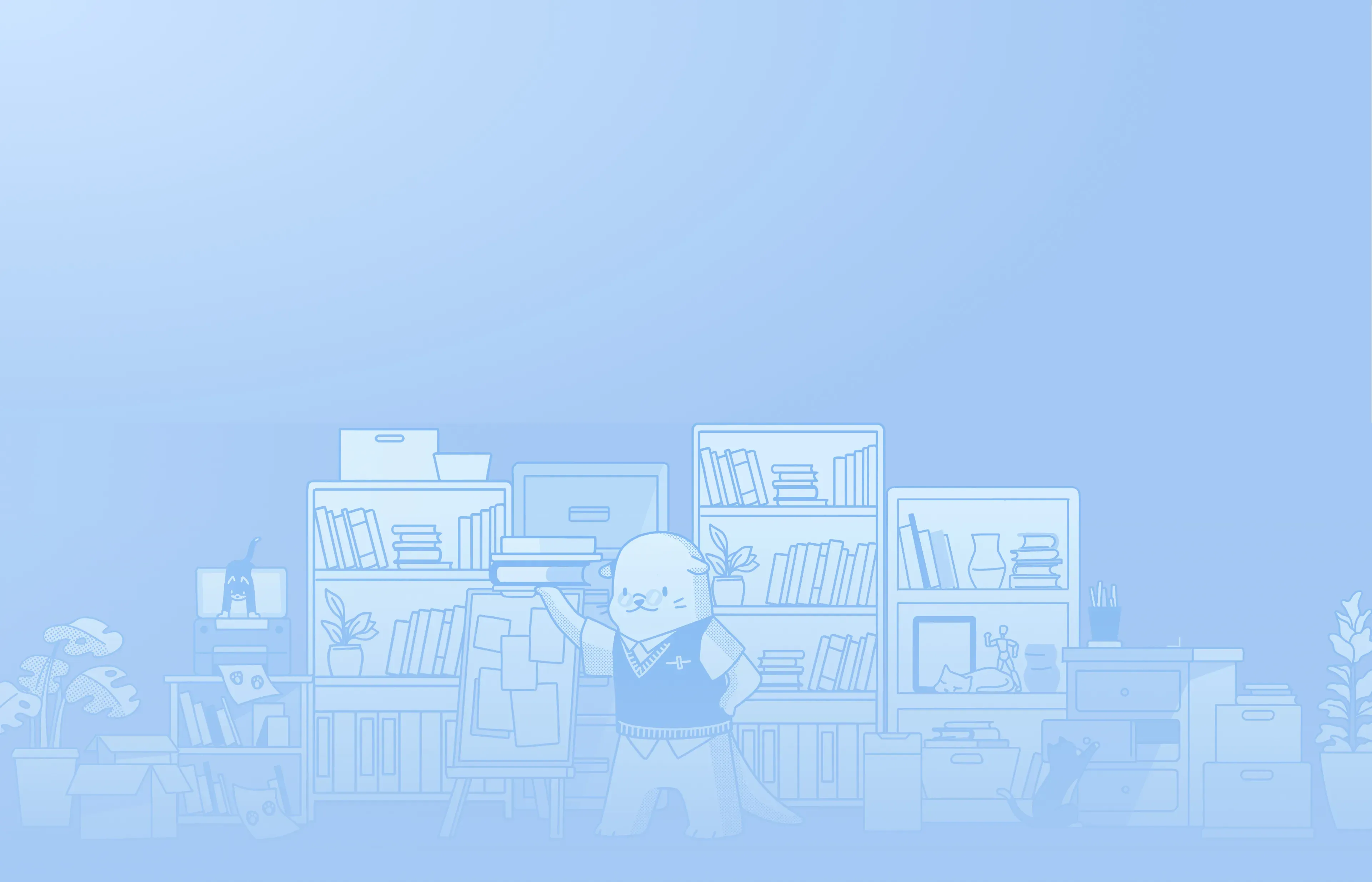

In today's digital economy, choosing the right ecommerce platform can significantly impact your online business success. For Singapore-based SMEs looking to establish or upgrade their online presence, two platforms frequently emerge as frontrunners: Shopify and WooCommerce. Both offer compelling features, but their differences in maintenance requirements, security, and operational efficiency warrant careful consideration.
When launching an ecommerce store, many business owners underestimate the ongoing maintenance requirements. Understanding these commitments upfront helps you make a more informed decision.
WooCommerce, built on WordPress, requires regular attention to function optimally. As an open-source platform, it needs updates to the core WordPress installation, the WooCommerce plugin itself, and any additional plugins you've installed. For Singapore businesses with limited technical resources, this typically creates a biweekly maintenance schedule. You may have heard of WordPress sites being hacked before, and more often than not, it is due to the lack of maintenance
Shopify operates on a fully-managed platform where core maintenance is handled by the Shopify team.
Website security breaches can affect any business—potentially damaging customer trust, exposing sensitive data, and leading to financial losses. The security approaches of these platforms differ in important ways.
WordPress sites operate within an ecosystem where plugins provide extended functionality. Each plugin represents a potential security consideration that requires monitoring. When running WooCommerce, you're typically responsible for monitoring security bulletins, implementing updates, ensuring plugin compatibility, and addressing conflicts that may arise after security patches. These responsibilities require some technical knowledge and regular attention.
Shopify takes a different approach by maintaining control over the platform's security infrastructure. Their team handles most security-related tasks. This arrangement allows store owners to focus on business operations rather than security maintenance, though it comes with less flexibility for customized security implementations.
You may have noticed numerous WooCommerce sites among Singapore SMEs. This prevalence is largely because grant providers under the Productivity Solutions Grant (PSG) frequently offer WordPress-based solutions white-labeled as their off-the-shelf product.
These offerings stem from WordPress being an open-source platform that vendors can easily customize, rebrand, and offer at grant-subsidized rates. While these initial cost savings are certainly attractive, it's important to consider both immediate and long-term costs, including ongoing maintenance requirements, security updates, and technical support needs.
If you're evaluating ecommerce platforms or reconsidering your current solution, you've come to the right place. Our team builds both Shopify and WordPress sites for the same price as grant-discounted solutions, giving you the freedom to choose the platform that best suits your business needs without cost constraints.
This means you can make your platform decision based on what truly works for your business operations rather than being limited by budget considerations. We'll help you navigate the technical considerations so you can focus on what matters most—growing your business.
When evaluating cost efficiency, consider both direct and indirect costs.
While WooCommerce itself is free, a complete store typically requires:
Shopify's pricing structure ($29-299 monthly) includes hosting, security, and core functionality. Additional costs may include premium themes or specialized apps, but the total expenditure is generally more predictable.
An important distinction is how these platforms impact your ability to focus on core business activities.
With WooCommerce, technical maintenance requires attention that could otherwise go toward marketing campaigns, customer service improvement, product development, and strategic partnerships. However, it also provides more direct control over your technology stack.
Shopify's managed approach typically requires less technical attention, allowing business owners and their teams to concentrate on other activities, though with less flexibility for customization.
Both platforms can create functional online stores, representing different approaches to ecommerce. Your choice should align with your technical capabilities, resource allocation preferences, and growth strategy.
WooCommerce might be suitable if:
Shopify may offer advantages if:
In 2025's competitive ecommerce landscape, Singapore businesses need solutions that match their specific needs and capabilities. Both WordPress/WooCommerce and Shopify have served many businesses successfully, with different strengths and considerations.
As ecommerce evolves, platform selection should reflect your business's technical capabilities, growth plans, and operational preferences. For some Singapore SMEs, particularly those without dedicated technical teams, Shopify's approach may align better with their resources. For others with technical expertise or specific customization requirements, WooCommerce might provide the flexibility they need.
We're invested in the success of local Singapore businesses and would be honored to help yours reach its full ecommerce potential.
Looking for Advice?
Our team can help you assess your ecommerce store's needs and recommend the best platform. Contact us for a consultation and ensure your web presence is optimized for 2025 and beyond.
